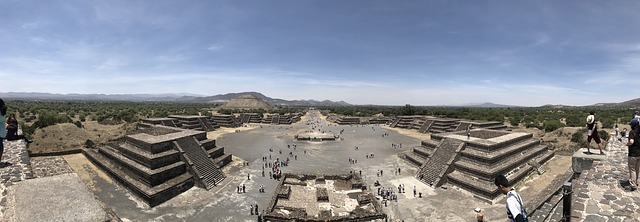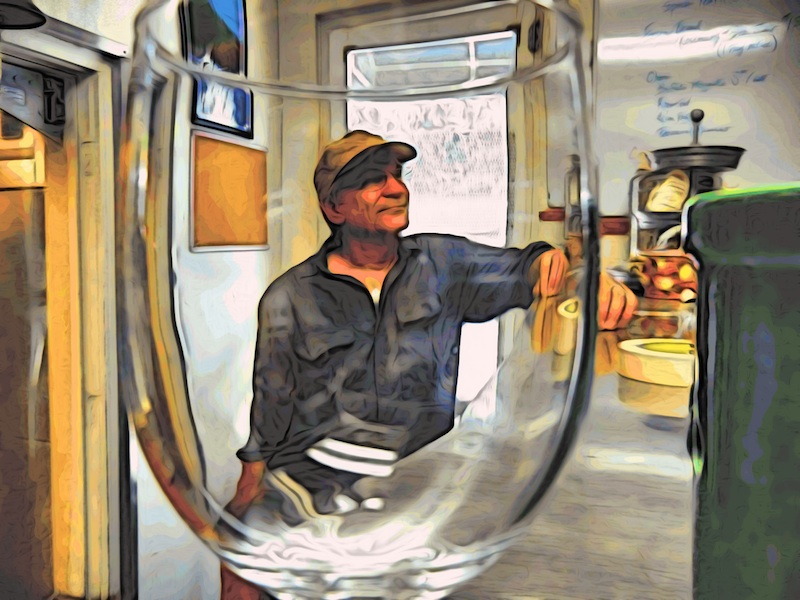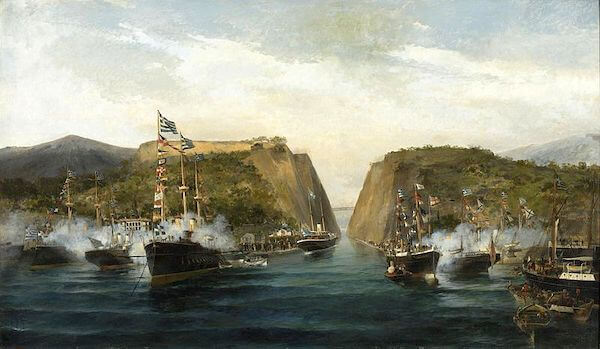Or: One Advantage of Being Messy

My good friend Jeff Mann, the true Yard Ramp Guy, has asked me to revisit some of my original posts. This week in my From the Archives series: This does NOT seem like a job for WD-40.

Shut the door, please
On June 3, 1965, a door failed to close.
In most situations, this would be a minor annoyance, but this was in the middle of the Gemini 4 space mission, and the door in question was the outer airlock door of the capsule—while they were in space.
So, yes: this was rather a big problem. In the end, the problem turned out merely to be a jammed spring; they managed to get the door shut. There were serious concerns, however, that a more severe problem might have occurred: cold welding.
Cold welding is exactly what it sounds like: Two pieces of metal welding together in cold conditions, rather than through application of heat. Specifically, it involves two clean, flat pieces of metal bonding together when they contact in a vacuum.
These need to be two exceptionally clean pieces of metal, since any contaminants can interfere with the process. Once they're welded, however, as far as the two pieces of metal are concerned, they're just one piece, not two. The process actually bonds the two together as if they'd always been one piece.
Needless to say, this is a big concern in space, where you really can't afford to have random mechanical failures due to pieces deciding they don't want to move.
Quite a few satellites have been lost through cold welding over the years, and the Galileo probe sent to Jupiter had its high-power antenna welded shut in this way.
There are a few good methods to help prevent cold welding these days—using plastic, ceramics, and coatings whenever possible, as well as making sure that any metals in or near contact with one another are different metals, to reduce risks of cold welding.
Finally, we have one more thing protecting us: our natural messiness. Skin oil, dust, and other contaminants can help prevent cold welding. And, guess what? We're really good at getting all that stuff on everything, even our super-expensive, high-tech space probes. Three cheers for being messy.






